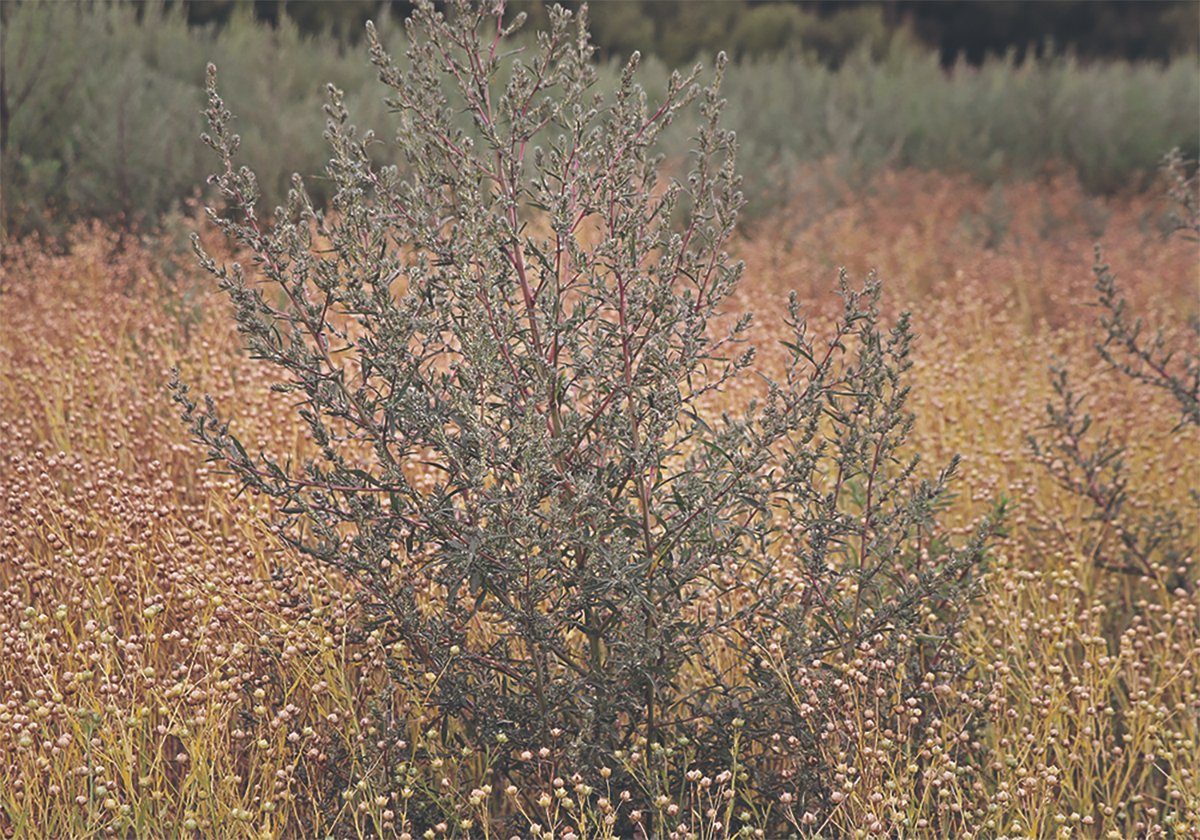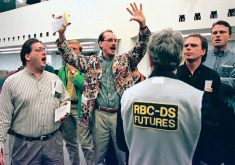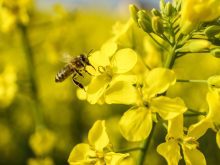NO ONE accepts the idea of animal cruelty in this day and age. Not consumers, not animal welfare proponents and not livestock producers.
Though proper care and stewardship is necessary to any successful livestock operation, those in the food animal production sectors still find some of their practices criticized and their production methods altered due to successful lobbying efforts.
Intensive livestock operations have been unflatteringly labelled as factory farms. Concerns about poultry led some volume buyers to impose new parameters on cage sizes for laying hens.
Read Also

Kochia has become a significant problem for Prairie farmers
As you travel through southern Saskatchewan and Alberta, particularly in areas challenged by dry growing conditions, the magnitude of the kochia problem is easy to see.
The City of Richmond, B.C., passed a law to use only organic free-range eggs in city-run facilities. Concerns about hog welfare prompted at least one volume buyer in that sector to seek only suppliers who favour open stall housing.
In the United States, a state ballot measure in Arizona, passed in November, will see gestation stalls and veal crates banned by 2012. A move against horse slaughter has shuttered several plants. And a software company plans to donate a portion of the proceeds from certain program sales to support humane society efforts.
That short list of examples illustrates the strength and power of consumer concerns.
It’s the new reality.
There is no secret behind the evolution of confinement production and intensive livestock operations.
They were born from producers’ need to achieve greater efficiency as a way to remain profitable.
Producers can’t pass on higher input costs to their customers. That limits their options in terms of running sustainable businesses.
And though consumers like the idea of animals raised in pastoral settings with freedom to express all their natural instincts, those same consumers do not understand the cost of this vision. Nor does it seem likely they will be willing to pay the vastly higher food prices that such production would require.
Or will they?
The new reality dictates a production approach perceived to be kinder and gentler to animals. With urbanization and the ever-widening chasm between consumers and the source of their food, this perception is sure to strengthen.
An adversarial approach by producers to this emotional issue is doomed to fail. And in any case, humane treatment of animals is not up for debate. It’s an expectation. It’s a requirement.
But what about changing the language of the debate, as one meat industry advocate suggests? For example, in the case of hog housing, “how about a discussion on the merits of a birthing pen for pigs? How about reminding people that mammals, including humans, need privacy and protection during the birth process?” suggests Dan Murphy, former editor of MMT Magazine.
How about being ready to discuss the merits of modern food production in terms of animal health, humane treatment, food safety and traceability? It exists now and it can be improved. Willingness to talk about it and demonstrate it might well be the most important thing livestock producers can do now to protect their industry.
When they do, consumers might become more willing to support it with their food dollars.
Bruce Dyck, Terry Fries, Barb Glen, D’Arce McMillan and Ken Zacharias collaborate in the writing of Western Producer editorials.
















